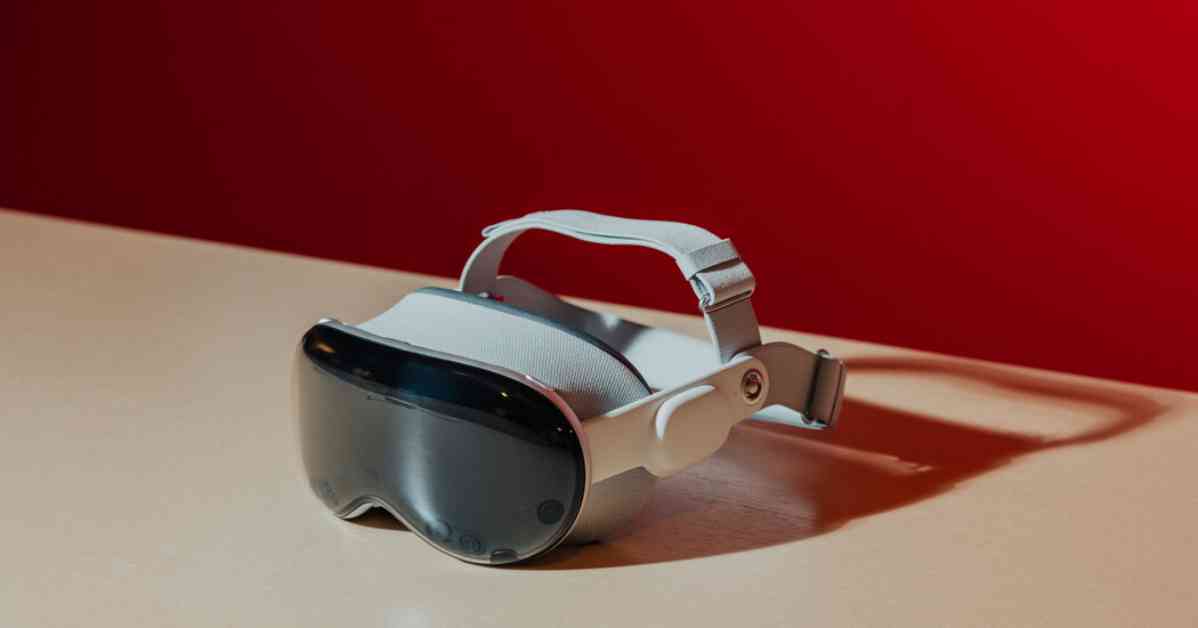I got my hands on the Apple Vision Pro earlier this year, and it felt like magic. The $3,500 “spatial computing” headset was intriguing, even though I wasn’t quite sure how to fully utilize it. I carried it around with me everywhere, drawing curious looks from people at the office, in coffee shops, and on planes. I even used it in a self-driving car, which I thought was pretty cool.
However, the initial excitement has worn off, and now the Vision Pro mostly sits on a shelf gathering dust. I only use it occasionally for writing or watching movies in bed. Sales figures for the device haven’t been released, but analysts believe it hasn’t performed as well as expected. Social media isn’t filled with videos of enthusiastic Vision Pro users like it was when the device first launched. Some early adopters have even returned their headsets for refunds, and you can find lightly used ones selling for as low as $2,500 online.
When I asked other Vision Pro owners, most of them, who are journalists and tech workers, admitted that they weren’t using their devices much either. Apple recently announced some new features for the Vision Pro at its developer conference, such as an updated operating system, new gesture controls, and a way to convert old photos into 3-D images that can be viewed on the headset. The company also plans to expand sales to countries like China, Japan, and Britain.
It seems like Apple is trying to breathe new life into the Vision Pro and attract more users. Whether these updates and expansions will be enough to save the device from fading into obscurity remains to be seen. The tech giant will have to convince consumers that the Vision Pro is more than just a novelty item and actually offers valuable and practical uses in order to succeed in the competitive tech market.



